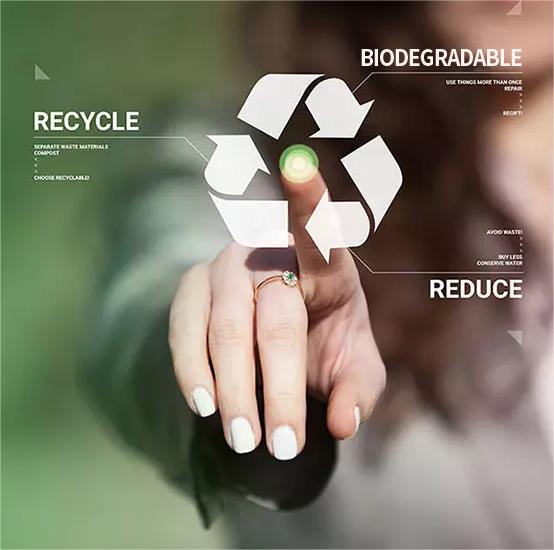
Why We Need Biodegradable Fiber?
Biodegradable fiber is a material that can be broken down in the natural environment by microbial action. As global environmental problems increase, especially plastic pollution, biodegradable fibers are especially important as an environmentally friendly alternative. The use of biodegradable fibers helps to reduce the negative impact on the environment and reduces the pressure on landfills, while decreasing reliance on petrochemical resources.
How Biodegradable Fibers Work
Biodegradable fibers work by breaking down the organic components of the fiber into harmless substances such as carbon dioxide, methane and water through the action of microorganisms. Under high-solids anaerobic digestion conditions, the fiber material is exposed to a methane-producing inoculum derived from pre-treated household waste. Through the metabolic activity of microorganisms, the carbon in the fibers is gradually converted into gaseous carbon dioxide and methane, which ultimately leads to the degradation of the material. This process not only reduces the volume of waste, but also avoids the accumulation of hazardous substances and is environmentally friendly.
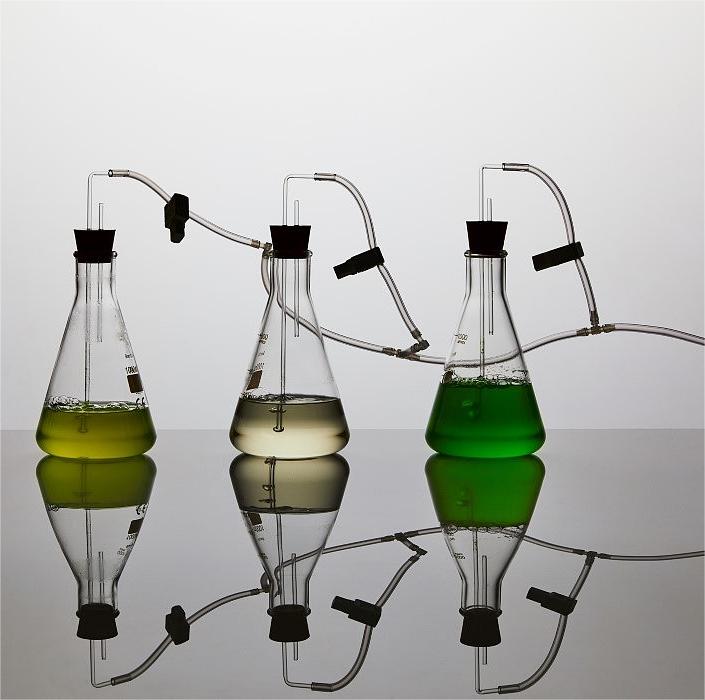
Featured
High Thermal Conductivity
The yarn’s structure efficiently transfers heat away from the body, providing a cooling effect that helps maintain a comfortable temperature.
Soft and Smooth
Made from polyethylene, the yarn has a smooth, silk-like texture, ensuring a comfortable feel against the skin.
100% Biodegradable
Biodegradable HDPE reduces the carbon footprint and conserves resources, making it an environmentally responsible choice.
Biodegradable Polyethylene Yarn Applications
PECooX® cooling yarn is widely used in various applications due to its cooling and durable properties. In sportswear, it enhances cooling and moisture-wicking, making it ideal for athletic activities. It is also used in seamless underwear and socks, providing comfort and temperature regulation. The yarn is suitable for knitting and weaving fabrics, creating breathable and cooling textiles. In home textiles, it is used in bedding and cushions to maintain a cool environment. Additionally, it finds applications in industrial textiles, such as cable wrappers, and in outdoor textiles for UV protection.

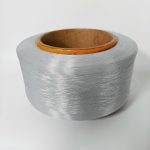
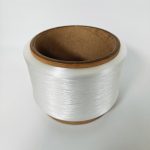
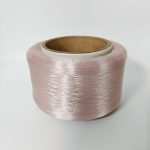
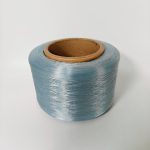



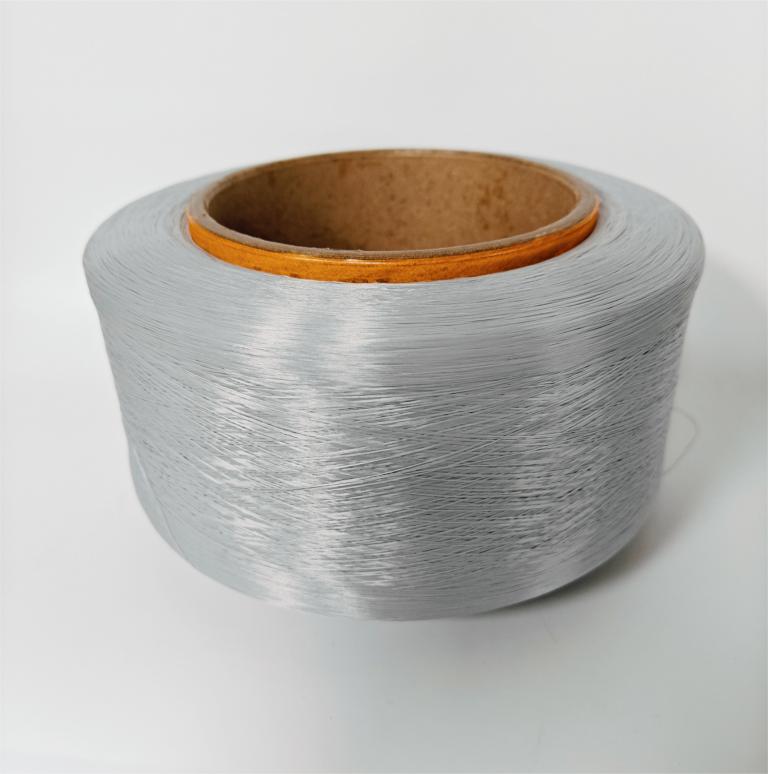
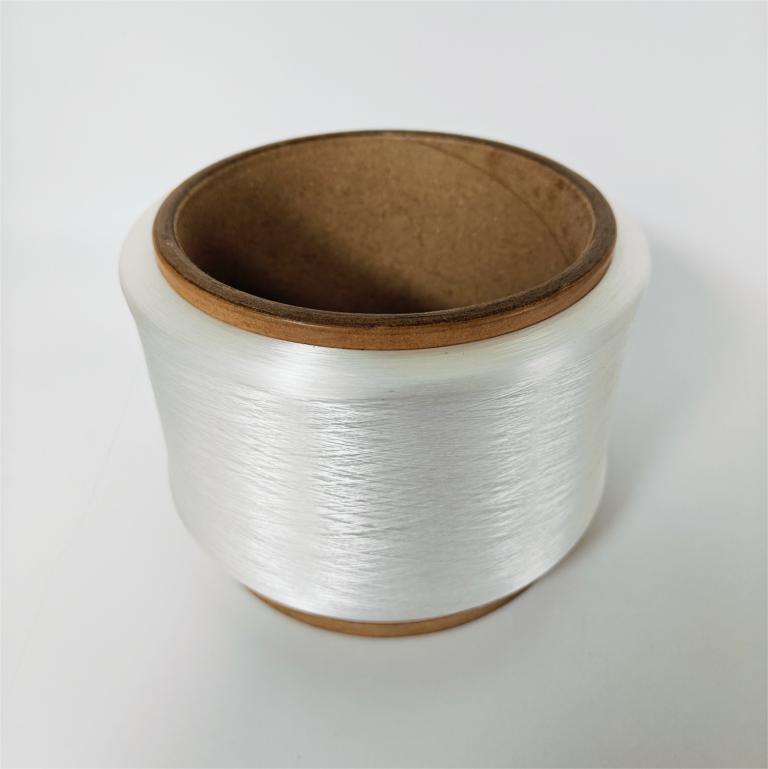
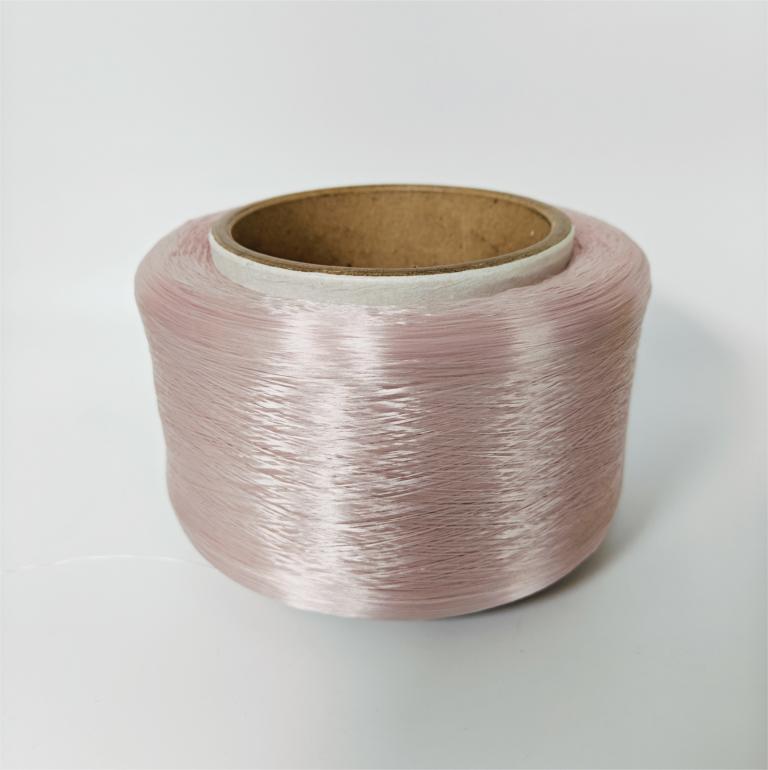
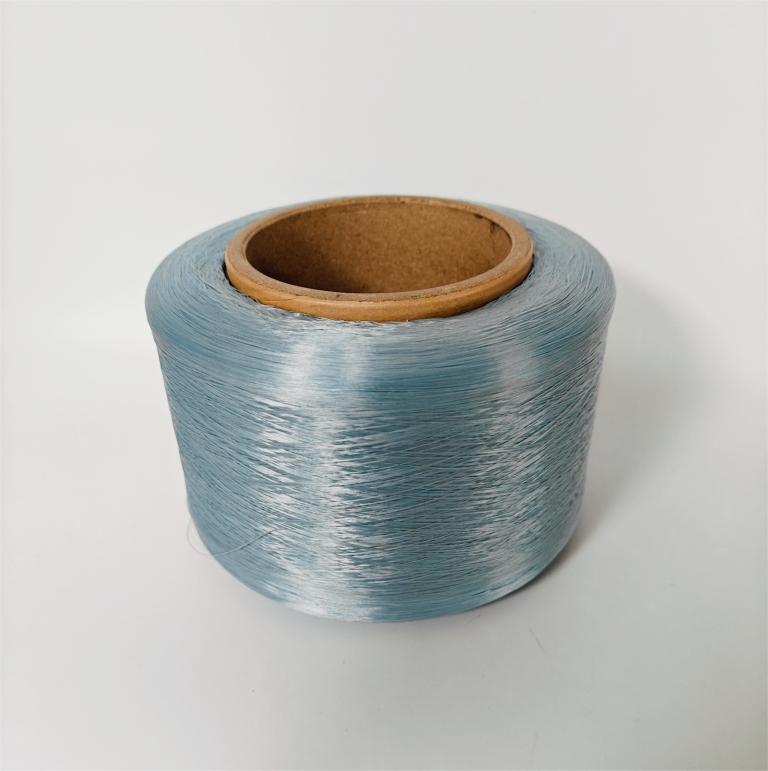
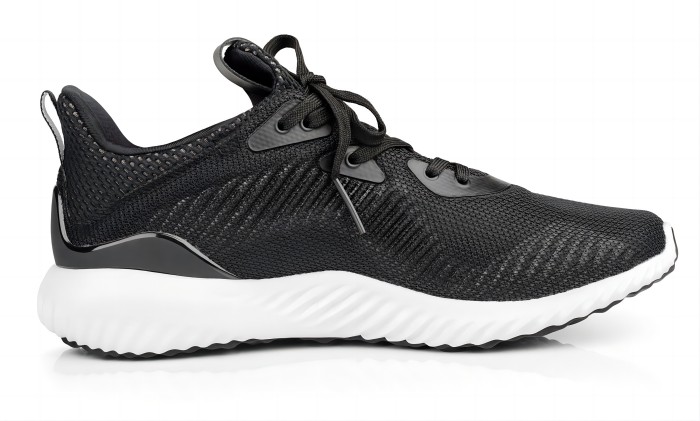


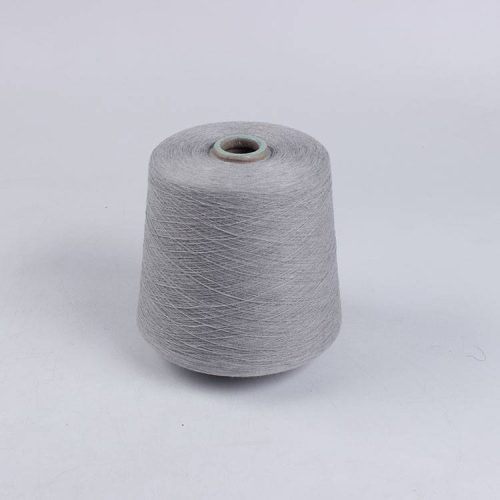
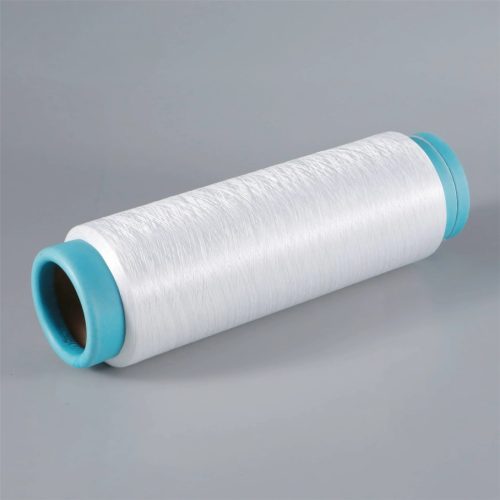
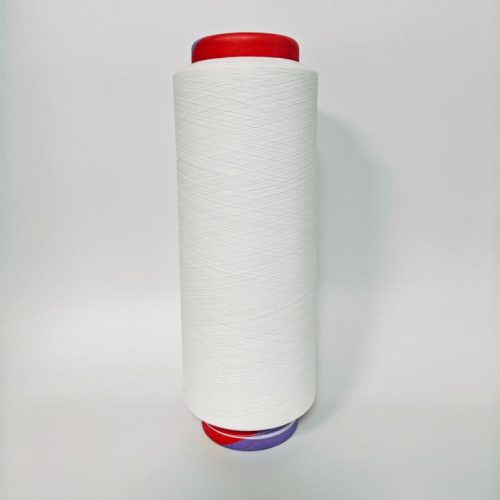
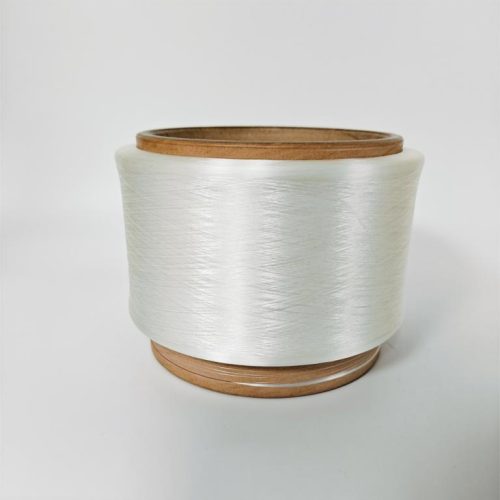
Reviews
There are no reviews yet.